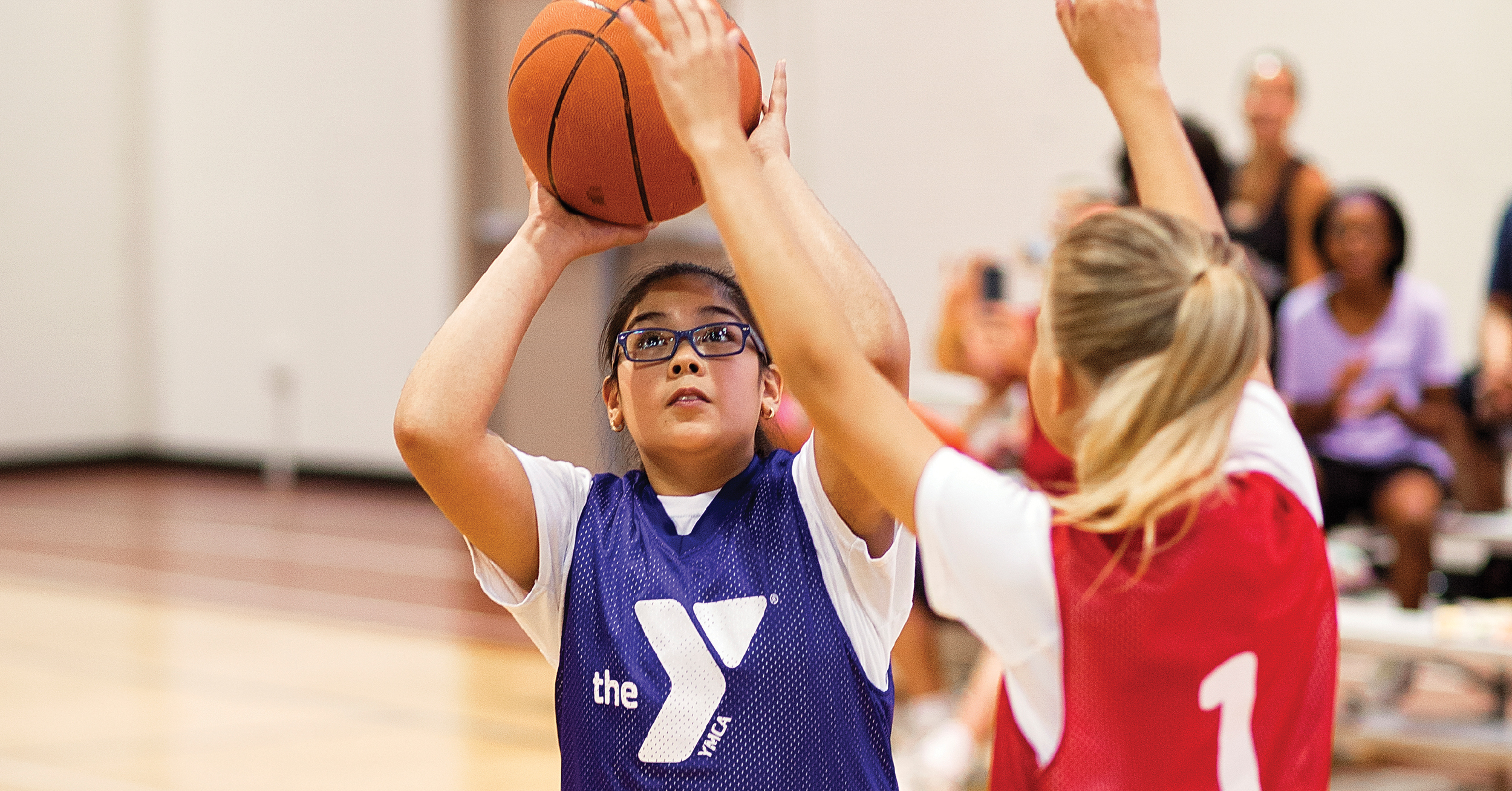
The following is an excerpt about the YMCA from the U.S Department of Health and Human Services report entitled, "The National Youth Sports Strategy" that was released in September 2019. The report, a roadmap to increase youth sports participation, features the YMCA as one of the country’s “Bright Spots.” Our own District Vice President Matt Thompson is quoted.
------------------------------------------------------------------------------------------------------------------------
BRIGHT SPOT
The YMCA: Engaging Youth Across the Nation
As the largest provider of youth sports programs in the United States, the YMCA uses its national reach to advance positive youth development through sports. It aims to make sports accessible to all by offering a wide variety of sports in after-school programs and camps.
The YMCA of the USA serves as the national resource office for more than 800 independent YMCA member organizations. Katie Adamson, Vice President, Health Partnerships and Policy, YMCA of the USA, says the organization’s federated model enables local Ys to be flexible. “YMCA of the USA supports the nationwide network of Ys to help them be most effective, and local Ys tailor their programs to community needs and resources.”
While local programming may vary, all YMCA programs aim to deliver on the key principles of YMCA Youth Sports:
- Everyone plays
- Safety first
- Character development
- Positive competition
- Family involvement
- Sport for all
- Sport for fun
Strategies: Meet All Youth Where They Are
The YMCA already reaches many rural and underserved communities; in fact, about 80 percent of American households live within 10 miles of a Y. But Adamson says they are always looking for creative ways to reach youth in the other 20 percent. “We can’t expect kids without resources to come to us,” Adamson says. “We have to go to them.”
One solution is the “Y without walls.” Matt Thompson, District Vice President, Gateway Region YMCA, explains that Ys partner with local organizations to deliver programs beyond YMCA buildings — anywhere from school gyms to hotel pools. “Even if all you have is some green space,” Thompson says, “we can start youth sports programming.”
Thompson says most Ys avoid pay-to-play and intensive-travel team models that place an undue burden on families. Ys provide financial assistance for youth who need it, and most stick to one practice and one game per week. “We don’t promote specialization,” he says, “and we don’t make families overextend themselves to participate.”
The YMCA also makes sure to include youth with disabilities. More than 25 percent of Ys collaborate with the Special Olympics on adaptive sports offerings, and a pilot program is adapting the YMCA’s Safety Around Water classes to better serve youth with autism and cerebral palsy.
Thompson says the YMCA’s inclusion efforts go beyond programming. “We don’t just offer adaptive sports — we’re building specialized sports facilities for diverse abilities.” For example, the YMCA of Greater Houston partnered with the not-for-profit Miracle League to build 2 adaptive sports complexes where youth with disabilities can safely play baseball and other sports.
Impact: Sports and Support for Millions of Youth
Nationwide, 2,700 YMCAs work with 600,000 volunteers in 10,000 communities. The YMCA’s size and each make it the largest provider of youth sports, summer camps, and after-school programs in the United States. Each year the YMCA engages 9 million youth across all programming, including over 1 million youth in youth sports programs.
In addition to engaging youth in sports, YMCA coaches and staff impact youth development by serving as role models. “Having a positive relationship with an adult is a critical factor in the health and well-being of every child,” Adamson says.
Lesson Learned: Focus on Positive Youth Development
Thompson says the YMCA has found success by promoting a positive, holistic model of youth sports. “We’re talking about kids here,” he says. “So more than competition, it’s about fun, learning, and developing social skills.”
Adamson agrees. “That’s where we center all our work: on helping kids increase their confidence, build strong relationships, and create that sense of belonging. It’s about feeling part of something bigger than yourself.